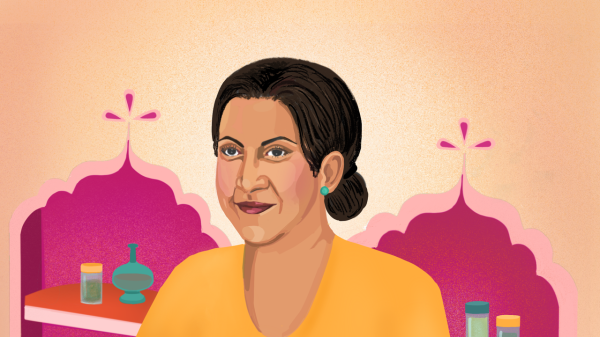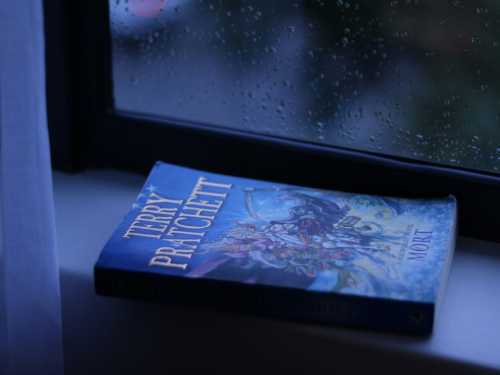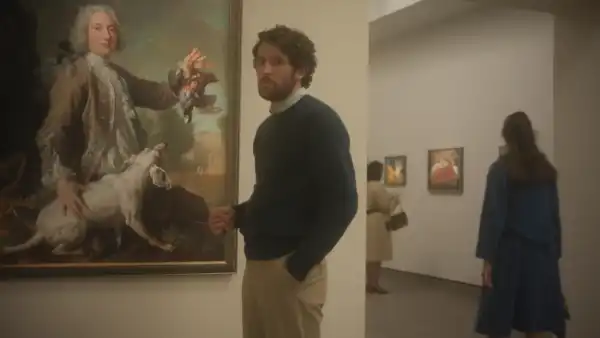
At the age of five, Julie Sahni began attending a school run by Arya Samaj, a Hindu reform movement, in the North Indian city of Kanpur. Classes there trained her to be a perfect housewife. Born in 1945 as Deepalakshmi Ranganathan Iyer, she learned how to knit, how to take care of a sick man, how to make dosas. As she grew older, she became highly proficient at cooking. Her mother, Padma, warned her not to cook too much at home, lest the family cook run away. During the summers, though, Julie’s father, Venkataraman, gave the servants a vacation. When Julie was barely tall enough to reach the seat on her bicycle, she’d pedal to the nearby mandi, or market, to gather vegetables, and it was often her job to cook dinner. She tended to the garden and spent her evenings making phulkas, freckled whole-wheat breads that would inflate on their burners like birthday balloons. Using brooms made from twigs, she and her sisters cleaned old-fashioned latrines and swept the four-room house twice a day. Those summers weren’t easy, but such early routines shaped Sahni. There was dignity in labor, she realized.
The Iyers were a Tamil Brahmin family, perched at the top of India’s caste ladder. They encouraged their daughters to pursue education and training in the arts. Sahni became a prodigy of Bharatanatyam, a form of Indian classical dance, performing across Europe and the Middle East before audiences of thousands. Venkataraman was a botanist who worked with India’s Ministry of Defence, and the family moved several times for his work. Whenever they arrived at a new home, they built a horseshoe-shaped chulha, or stove, from scratch. They decorated it with rice flour and uttered a prayer before filling a boiling pot with lentils or rice.
Sourse: newyorker.com






